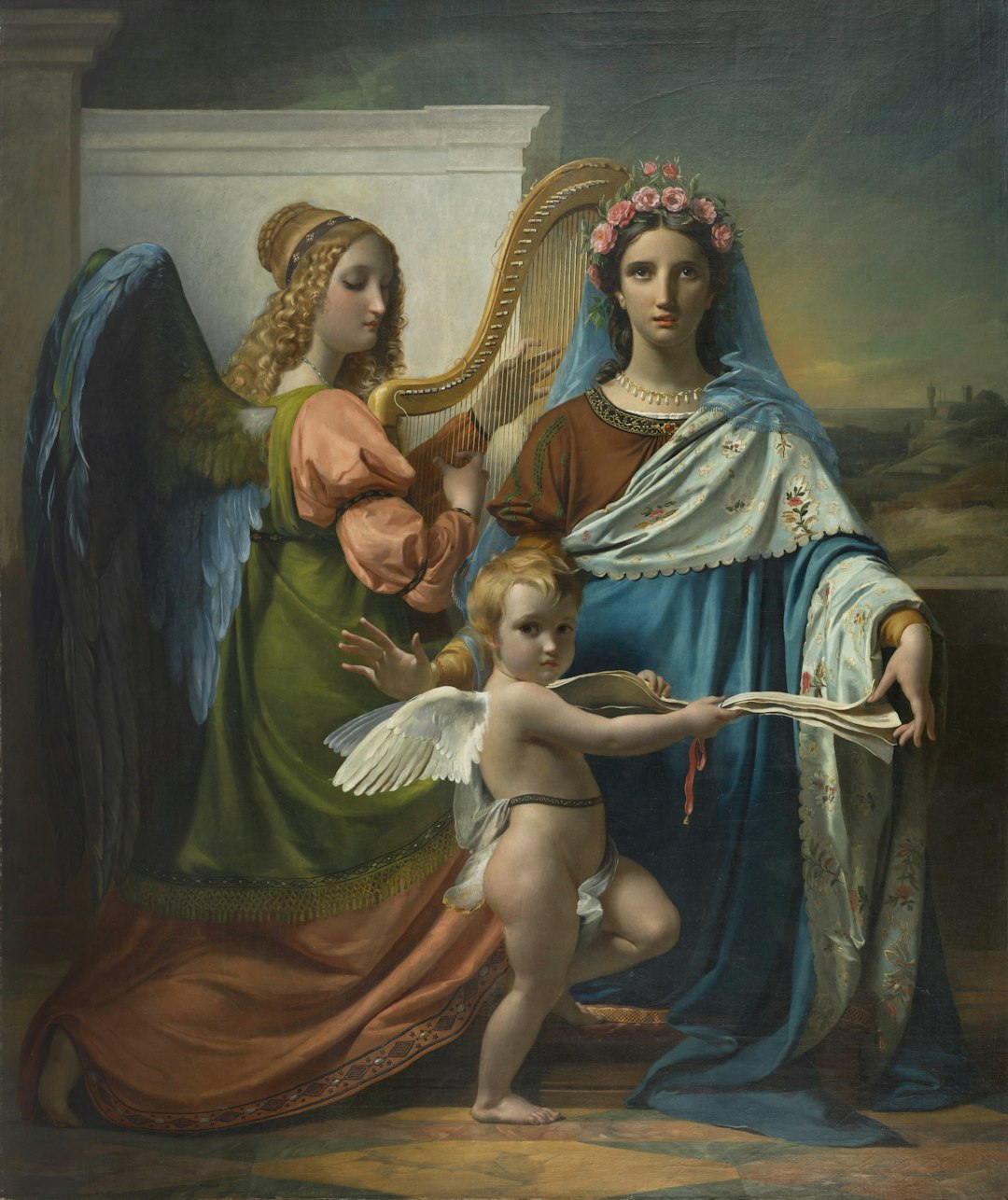Music and chanting have played a significant role in spiritual practices across various cultures and religions throughout history. From the Gregorian chants of Christianity to the mantras of Hinduism, music and chanting have been used as powerful tools to elevate the mind, body, and spirit to a higher state of consciousness.
In many spiritual traditions, music and chanting are believed to have the power to connect individuals to the divine, transcendental realms, and inner selves. The soothing melodies and repetitive rhythms of music and chanting can induce a state of relaxation and meditation, allowing practitioners to focus their minds and connect with their spiritual essence.
One of the most well-known forms of chanting is the repetition of mantras in Hinduism and Buddhism. Mantras are sacred words or phrases that are believed to have spiritual power and significance. Chanting mantras is thought to not only bring peace and mental clarity but also to invoke the blessings of deities and higher beings.
In Hinduism, chanting the mantra “Om” is considered to be the sound of creation and the vibration of the universe. It is believed that chanting Om can align individuals with the cosmic energies and bring about a deep sense of inner peace and harmony. Similarly, in Buddhism, the repetition of mantras such as “Om mani padme hum” is believed to purify the mind and cultivate compassion and wisdom.
In the Christian tradition, Gregorian chants have long been used in monastic settings as a form of worship and meditation. The slow, melodic chants are sung in Latin and are designed to elevate the mind to a higher state of consciousness and connect with the divine presence. The harmonious tones of Gregorian chants are thought to create a sacred space where practitioners can experience a sense of union with God.
In Sufism, the mystical branch of Islam, music and chanting play a central role in spiritual practices. Sufi dervishes engage in ecstatic dancing and chanting as a way to reach a state of divine union and transcendence. The rhythmic chanting and whirling dances are believed to align the dervishes with the cosmic energies and elevate their consciousness to a higher spiritual plane.
In shamanic traditions, music and chanting are used in healing ceremonies and rituals to connect with the spirit world and invoke the guidance of ancestral spirits. The repetitive rhythms and melodies of shamanic chants are thought to induce trance states and alter consciousness, allowing shamans to journey to the realms of the unseen and receive healing and guidance for themselves and others.
The role of music and chanting in spiritual practice is not limited to specific religious traditions or cultures. In modern times, people from all walks of life are discovering the transformative power of music and chanting in their spiritual journeys. Whether through singing hymns in church, chanting mantras in yoga classes, or drumming in shamanic ceremonies, individuals are finding that music and chanting can be powerful tools for awakening the soul and connecting with the divine.
Music and chanting have the ability to bypass the barriers of language and culture and speak directly to the heart and soul. The universal language of music can evoke deep emotions, memories, and spiritual experiences that transcend our everyday realities and bring us closer to the divine essence within.
In conclusion, the role of music and chanting in spiritual practice is to awaken the soul, elevate consciousness, and connect individuals to the divine presence within and without. Whether through traditional rituals and ceremonies or modern expressions of worship and meditation, music and chanting can serve as powerful tools for spiritual growth, healing, and transformation. As we continue on our spiritual journeys, let us embrace the sacred power of music and chanting to guide us on the path to enlightenment and inner peace.










